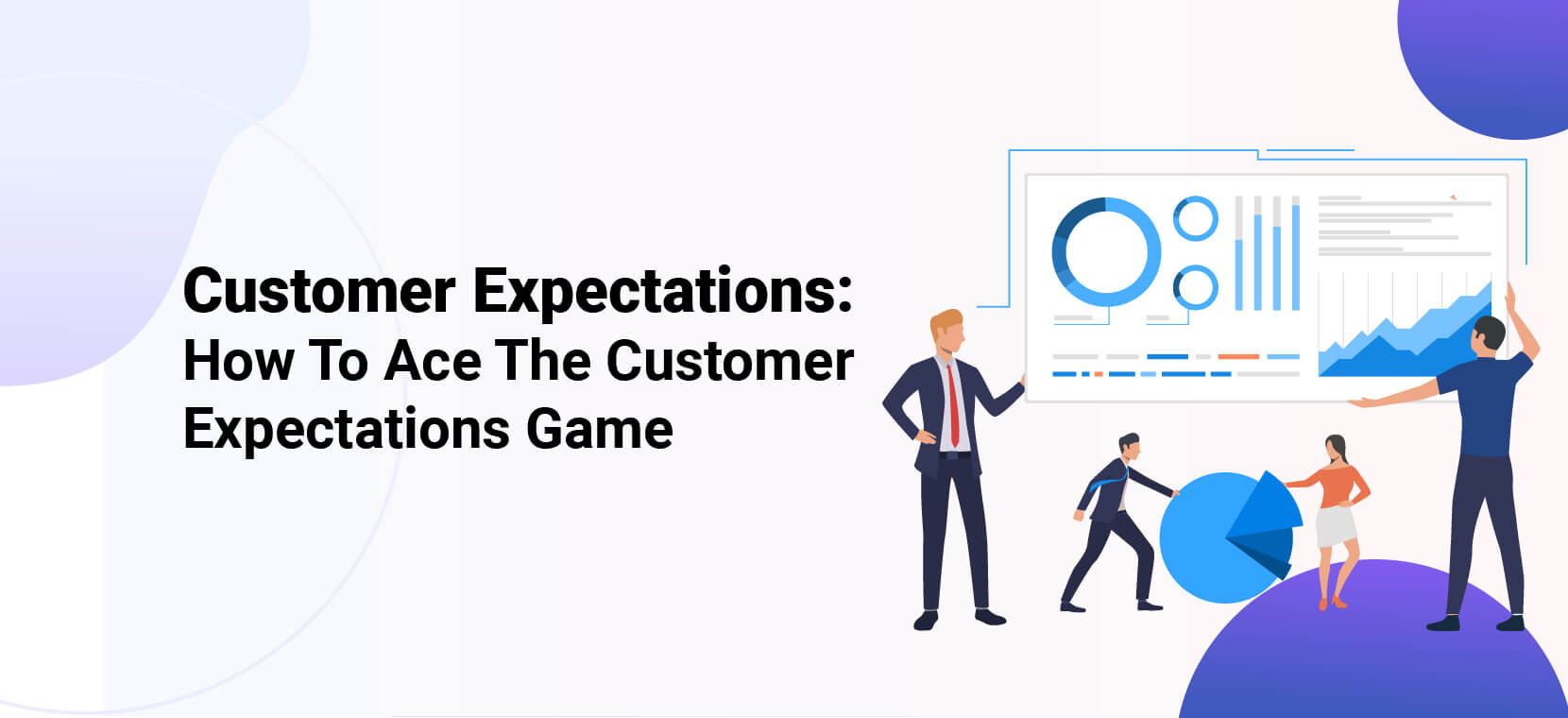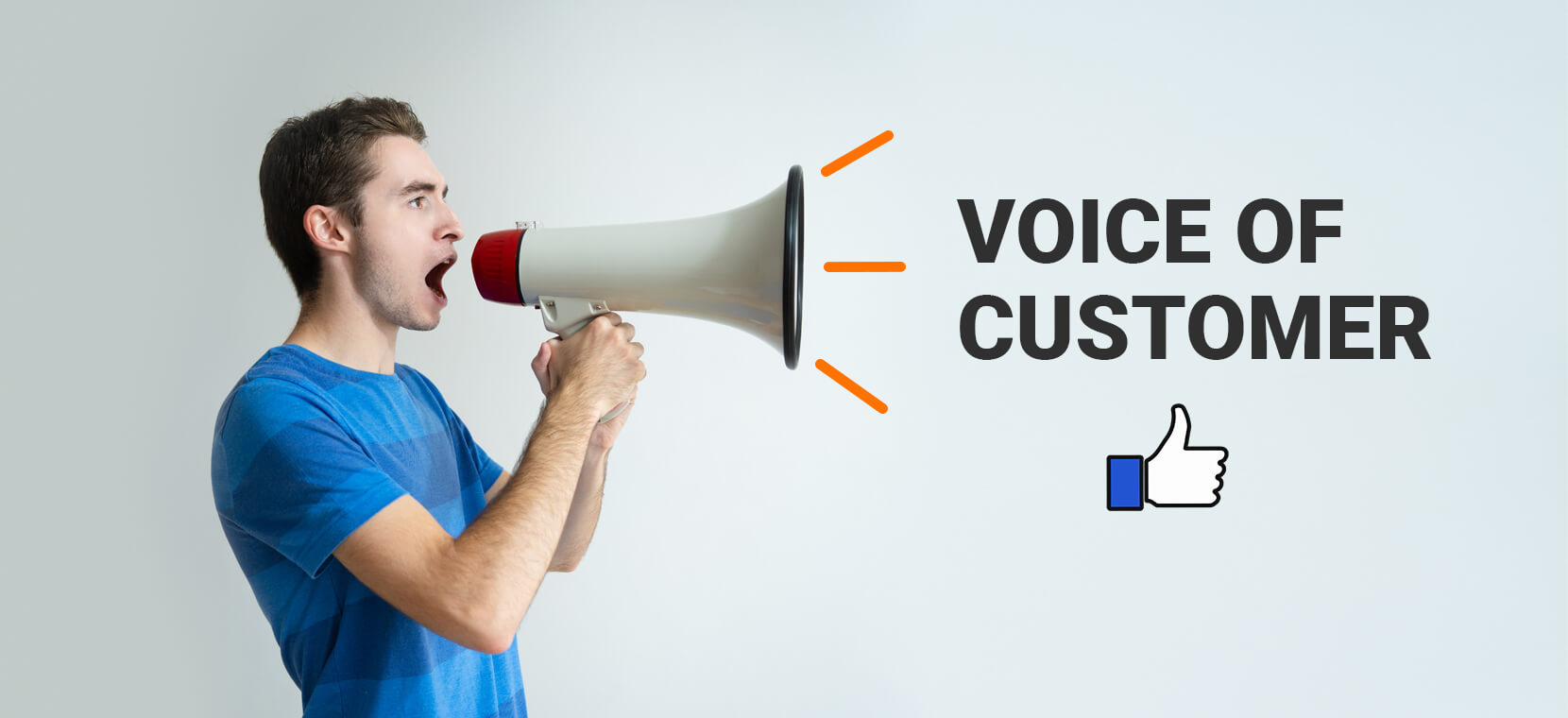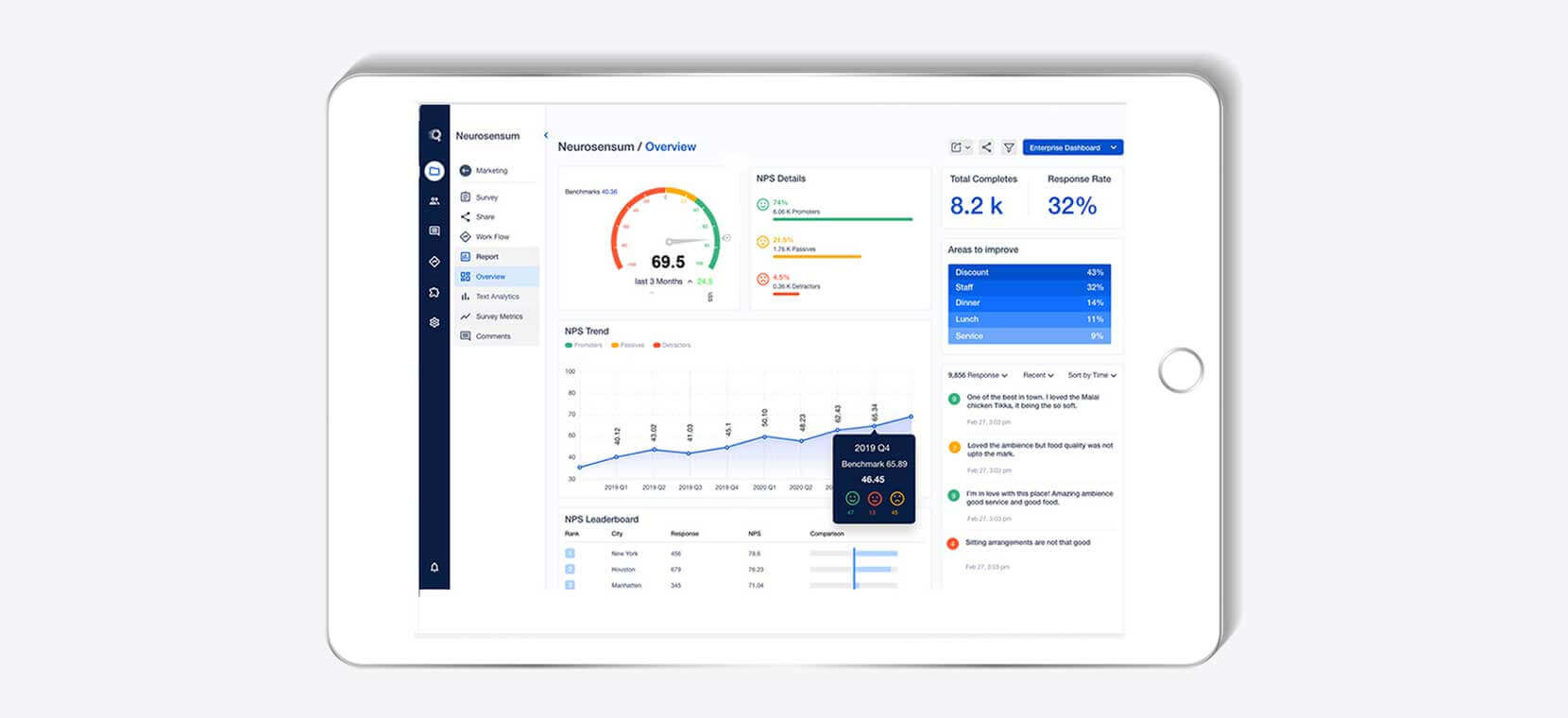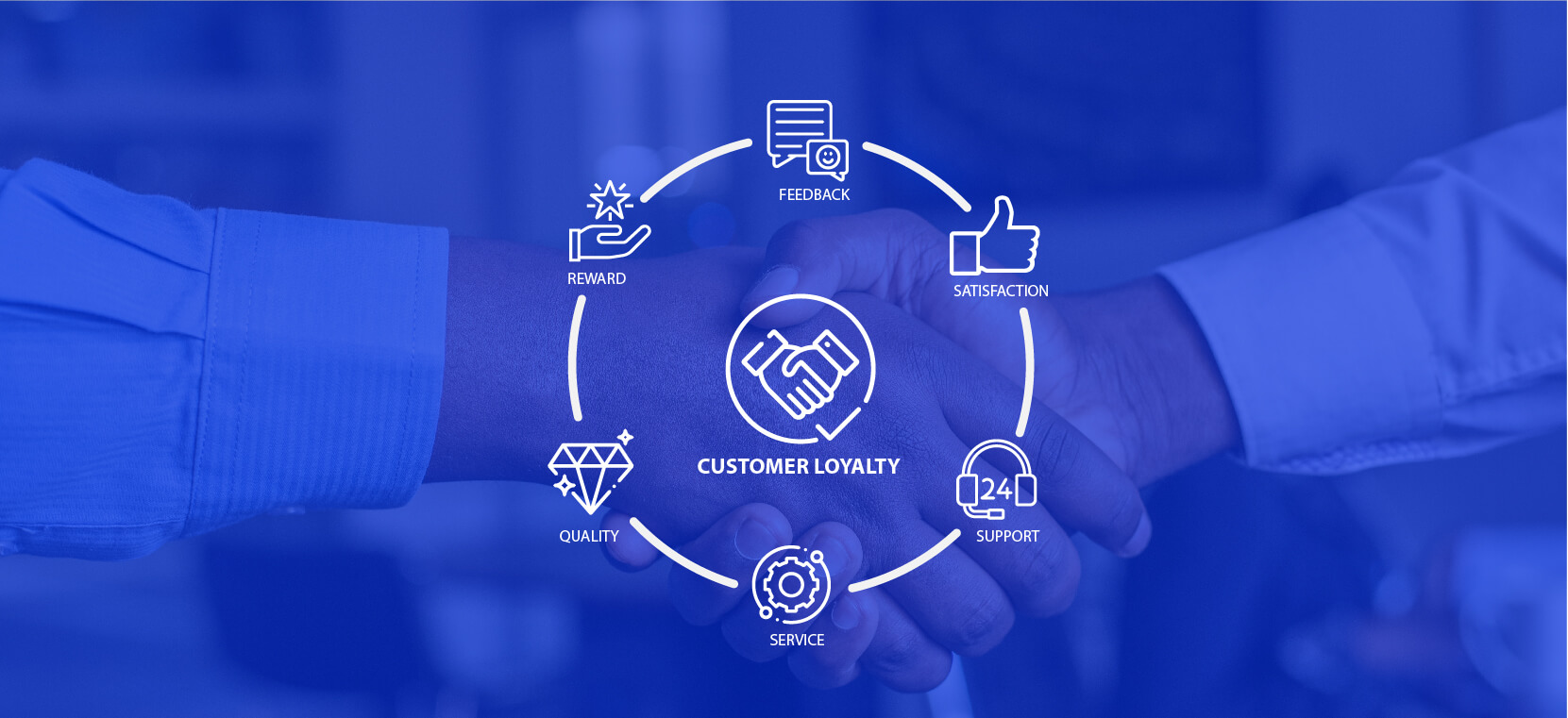
Every customer approaches your business with a different need and want. The business could be offering similar or identical products or services.
However, what the customer expects out of it varies. It is these expectations that mold the customer experience.
In other words, all the actions and behaviors from the part of the business that a customer anticipates can be referred to as customer expectations.
In the past, customer expectations revolved primarily around two things: fair pricing and high-quality products.even in the modern age, these expectations have not changed.
However, more expectations have been added to the list that makes running a business challenge.
Modern customers have higher expectations in terms of personalized customer service, proactive pricing, omnichannel experiences, and whatnot.
Also, your customers could reach your business from multiple channels.
They might find your business through an online search, place a phone call to understand the product better, and finally make an online purchase through your online store.
They might even turn to your chatbot for assistance. Irrespective of the channel they choose to interact with your business they anticipate a uniform customer experience everywhere.
This anticipation takes several forms and can be collectively referred to as customer expectations.
Why should you take customer expectations seriously?
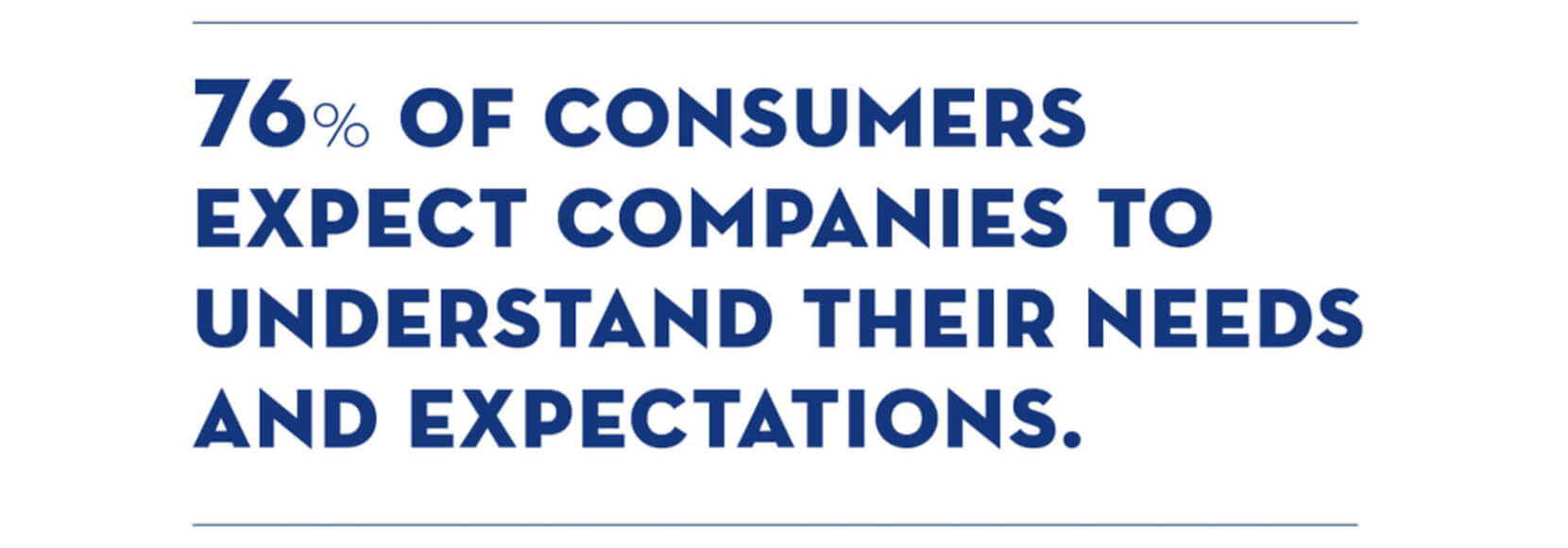
Customer expectations are indirect of what customer wants. A business that understands customer expectations and serves accordingly can reap several benefits, including some as below:
Great experiences create engaged customers
According to PwC’s customer experience is everything report, customers are willing to pay an additional 16% price premium for great customer experience (Source).
The willingness to pay a premium price is a strong indication that modern customers look beyond the ‘cheapest price’ as decision-making criteria.
In other words, great customer experiences are predecessors to customer loyalty. They create engaged customers who will return to the business for more of what it provides.
To cater to those experienced in the right quantum expert and with great quality, one needs to understand customer expectations.
Expectations drive innovation
Your customers are the greatest sources of learning. Agree? If you listen well to customers through Voice of Customer you will always get cues as to how they are using your products,
what more they are expecting out of it, and why you should reinvent your product.
In other words, customer expectations help you push the envelope of innovation.
They make you think beyond what is already existing and what more should be created to make your product most customer-centric.
In fact we can say such customer expectations are the drivers of customer-led innovation.
Raises the bar of competition
How many ty brands can you recall in less than five seconds? I bet LEGO would be one among them.
Why is that a brand like LEGO is able to race to your mind when you hear the term toys, while the rest of the brands are more or less obscure.
LEGO has long since mastered the art of tuning into customer expectations and exceeding it with its toy products.
In fact, LEGO has a concept where customers can submit their own creations that other LEGO customers can make use of.
This co-creation makes LEGO a powerful toy brand that is competitive than any other.
These might appear to be just three reasons. But, they are strong enough to prove why you must take customer expectations seriously.
Types of customer expectations
As is evident from the phrase itself, customer expectations are a bunch of traits, offerings, or even features that customers expect from businesses. Here are some of them:
- Quality
- Expertise
- Speed
- Availability
- Ease-of-use
- Design
- Utility
- Belonging
- Values
Quality
The most fundamental and primeval customer expectations of all time are the quality of the product or service.
Expertise
Technical or non-technical expertise that makes the brand a subject matter expert in their field.
Speed
Quick response to customer requirements without any red tape, bureaucracy, or other blockers that slow down the purchase is a typical customer expectation.
Availability
Products could break down on a Christmas eve. Or in a remote island where there is no internet. Customers naturally expect businesses to be available for support on all possible channels.
Ease-of-use
What differentiates a great product from a good product is its design. Design, as such, should make things easy. It is not just decoration. That said, ease-of-use is a big expectation from most customers.
Good design
Most often, customers buy products not because they want to solve a problem, but perhaps they look and work better than the rest of the choices.
Utility
One of the underlying reasons for any purchase is utility. The product should be utile in doing something easier or remove the pain in doing something.
Belonging
Most motorcyclists buy a Harley Davidson because they want to feel belonged to a group of hardcore motorcycle enthusiasts. The same applies to any other product type.
Values
The business should have environment-friendly operations, should not use animal-based products, and should be a responsible social citizen are some of the values that customers expect from businesses.
How to meet and exceed customer expectations
Meeting and exceeding customer expectations would be a proud moment for any business owner.
There are several tools like Net Promoter score® which help measure that with accuracy too. But, how does one actually do it?
Obsession with high-quality
Like we mentioned earlier in this article, quality is still one of the biggest influences of a purchase. Customers expect businesses to offer high-quality products for the price they pay.
Quality could be in terms of build quality, durability, and reliability among a long list of other factors.
Impeccable customer service
From a business point of view, a sale might appear to be a single transaction that culminates with the receipt of the customer’s payment.
From a customer’s point of view, it is much more than that. They expect the business to continue supporting them even after the sale is over.
In fact, it is natural for any customer to expect a business to come to their aid at any point in the future. And, when they provide customer support, customers expect it to be nothing less than the best.
Any discrimination in the form of less order value, aging of the order, etc. can derail the customer experience. To sum it up, impeccable customer service is one of the biggest customer expectations.
Transparent communication
Have you ever been tricked into buying a product or service under an offer that felt too good to be true? Well, there are times when this deal could turn out to be a facade with complicated terms and conditions attached to it.
Turns out this form of misleading communication can land a severe blow to the trust customers place on businesses.
Lack of transparent communication — be it for offers or for marketing collaterals should state the actual facts and not misleading statements that would trick the customer into making a purchase.
Set clear timelines
Great customer service is time-bound. At its best, it is proactive in nature providing customers what they want even before they ask for it.
Alternatively, when it is reactive in nature, it should be quick enough not to make the customer wait for too long.
When it takes longer to provide customer service, as is often the case, customers must be informed of the possible delay and an actual timeline by when the service would be provided.
Setting clear timelines and keeping customers in the loop ensures that they don’t jump to conclusions too soon and jeopardize the relationship.
Instead, they will be delighted to know that the business actually values their time and takes calculated steps.
Co-create solutions
End of the day, the customer is the ultimate user of the product. They are the folks who use it in the field, know its strength and weaknesses more than anything else. As a result, they hold more know-how about what needs to improve in it.
Quite often, customers might also show interest in co-creating solutions to challenges that the business is unable to solve.
Co-creation also brings the business and customer together in a way that no customer engagement method can work.
It makes the customer take an active interest in creating a better product that can not only solve their challenges but can also lead to product expansion and growth.
Doing more than what is asked
Running the extra mile is a figure of speech that has become popular with customer service.
After all, it is one business function where there umpteen opportunities to go beyond what is asked or expected from the customer. The world’s most popular brands of today, like Zappos, Amazon, etc.
Have become popular only because of their ability to deliver more than what is asked of them. Customer expectations can be met and exceeded only if a business manages to deliver more than what is expected of it.
Are you ready to win the customer expectations game?
You read that right. Meeting and exceeding customer expectations is more or less like a game. There are strengths that you can leverage, challenges you have to overcome, and finally milestones you can set.
All this cannot be achieved in a single shot. It takes time, proper planning, and a whole lot of organizational rewiring.
A customer-centric culture must be imbibed into the organization to meet customer expectations. Customer-facing employees must be trained on the most common customer expectations and how they can be met.
When positive experiences start becoming a norm, customers would naturally become loyal to the business and tend to stay put far from competition.







